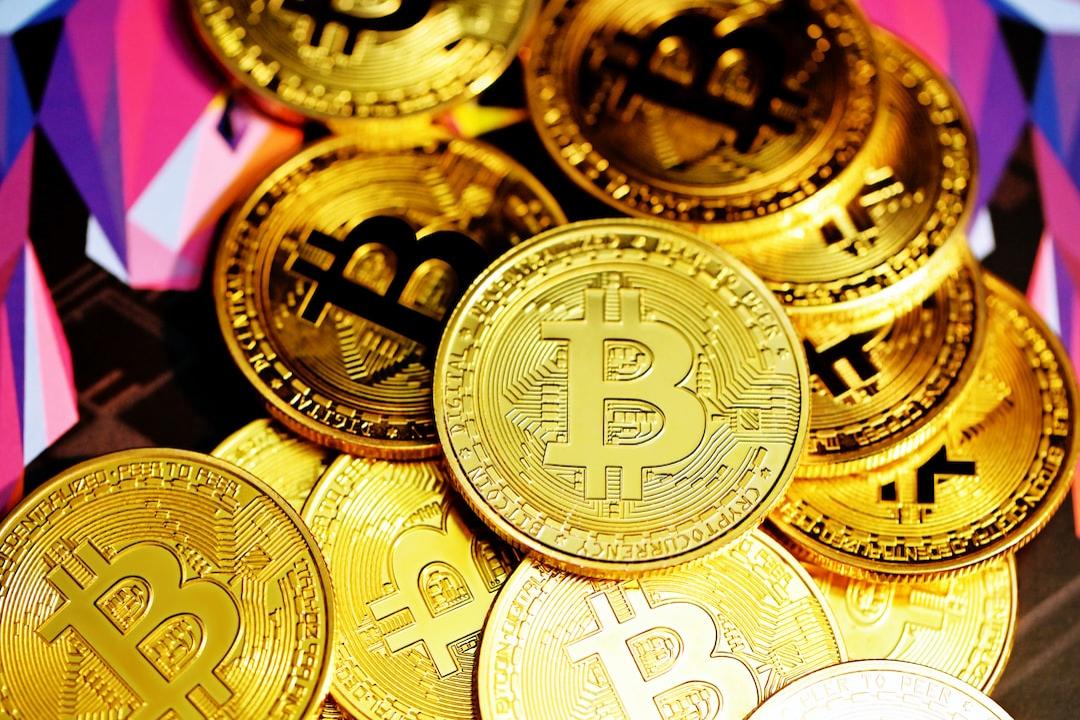Opinion: This Meme Exposes an Uncomfortable Truth About Crypto
Sometimes memes are more than a joke, they’re a truth bomb.
An image has been doing the rounds that contrasts crypto bros in 2017 and 2025 — eloquently exposing how the industry has completely changed.
Eight years ago, utility coins, decentralized peer-to-peer currencies and mining were all the rage — not to mention a healthy skepticism of banks and governments.
The meme illustrates this with a chiselled character working on his six pack.
Fast forward to the crypto bros of 2025, and it’s fair to say the focus has shifted dramatically.

A slew of rather disheveled cartoons are used to illustrate a newfound passion for:
- Meme coins: Desperately chasing the next coin that’s going to 10,000x
- Adoption by banks and governments: Huge Bitcoin buys from institutions are now regarded as “bullish” for the space
- ETFs: Investors are avidly waiting for the U.S. Securities and Exchange Commission to approve exchange-traded funds tracking altcoins, so Wall Street can deepen its involvement further
- Regulation: Developments in Congress are now being monitored with enthusiasm — especially concerning stablecoins and BTC reserves
There’s a lot to unpack here, but this meme tells a powerful story.
I first started writing about the crypto space back in 2018. Back then, we were in the dying embers of the initial coin offering boom, where countless thousands of projects were shilling their own tokens. Every single one of them proclaimed they had utility that would change the world — but let me tell you, very few of these startups survived.
Seven years ago, crypto enthusiasts revelled in criticism from central bank governors and Wall Street heavyweights like Jamie Dimon and Warren Buffett. Their disapproval of Bitcoin was treated like a badge of honor by digital asset investors. After all, BTC was established to serve as an alternative to the financial ecosystem as we know it.
It’s inevitable that early adopters are looking back at how things used to be through rose-tinted spectacles — and yearning for a simpler time. But it’s also true that many of them craved widespread adoption in the first place, and wanted a greater number of consumers to start investing in Bitcoin.
So… where are we now?
Well, the boom and bust of meme coins certainly took the levels of greed and speculation within the crypto space to new heights. Pump.fun had a profound impact on the industry throughout 2024 — and you could argue that this website single handedly prevented an alt season. However, it’s unfair to suggest such wild excesses are a new development. Make no mistake: greedy traders were flaunting Lamborghinis and supercars in 2017, too.
The enthusiasm for governments launching strategic Bitcoin reserves undermines why this cryptocurrency was created in the first place — and could ultimately prove damaging for this digital asset in the long run. What if a future U.S. president decides to reverse Donald Trump’s policy, and offload this BTC? Could governments use their vast stockpiles to destroy Bitcoin from the inside?
Trump’s pro-crypto stance was initially seen as an asset for the industry — a golden ticket to further price gains and adoption. But the uncertainty created by his aggressive campaign on tariffs has undermined all of this — and exposed an uncomfortable truth. BTC’s fate is now closely tied to the stock market and the president’s performance, and it’s no longer an uncorrelated asset that offers diversification. Only gold appears to be fulfilling that role at the moment.
It’s also somewhat ironic that BlackRock’s Larry Fink — who described Bitcoin in 2017 as an “index of money laundering” — is now leading the charge to roll out BTC ETFs across the U.S. and Europe. We’ve seen billions of dollars flow into these funds over the past 15 months or so. Yet the institutions gobbling up shares in these products aren’t interested in the technology underpinning Bitcoin — they’re simply hoping to benefit from price gains. If they truly believed in its potential, they would find self-custodial solutions.
And while some degree of regulation can be a good thing — especially as it offers clarity to crypto exchanges and gives consumers confidence — there can be downsides. One criticism of the EU’s Markets in Cryptoassets regulation (MiCA) lies in how it ends up homogenizing businesses, all while making it harder for smaller platforms to offer distinctive and innovative products.
This was more than a meme, it was a mirror. The crypto space has an identity crisis right now. Can the industry reconnect with its roots and maintain independence from the wider financial ecosystem, or is it too late? Only time will tell.
Disclaimer: The opinions in this article are the writer’s own and do not necessarily represent the views of Cryptonews.com. This article is meant to provide a broad perspective on its topic and should not be taken as professional advice.

